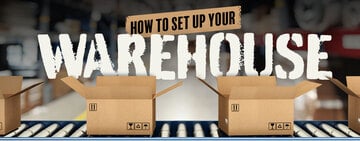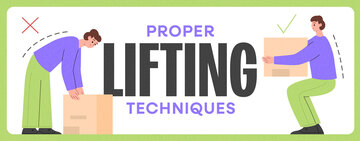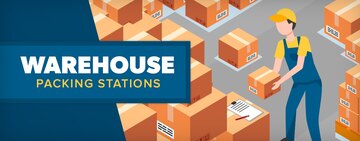The Mullen Burst Test and ECT are both widely used in the packaging industry to evaluate the structural integrity of boxes. While they may seem similar, it's important to note that they measure different aspects of box performance.
Mullen Burst Test
The Mullen Burst Test assesses how easily a box can resist puncture or rupture under pressure, mimicking real-world hazards it may encounter during transit. During the test, a corrugated box is placed inside a specialized Mullen tester device, secured between two clamps. A rubber diaphragm is expanded against the box, simulating bursting strength. The test is conducted on both sides of the board, and the final result is calculated as the average of each side. The strength of the box is measured in pounds per square inch (PSI), providing a quantitative measure of its ability to withstand pressure.
Edge Crush Test
The Edge Crush Test, or ECT, calculates how much weight a box can support vertically before it fails. During the Edge Crush Test, a sample of the box is placed on its edge, and pressure is steadily applied to it until the sample collapses. The test results are measured in terms of an ECT rating, with the number corresponding to how many pounds of pressure a box can withstand. For example, a box with a 50 ECT rating can withstand 50 pounds of pressure before collapsing. By knowing the ECT rating of a box, you can calculate how much weight can be safely stacked on top of it.
Finding the right box is a key step in optimizing your packaging, shipping, or storage operation. They provide a proper fit and effective protection for the goods and materials you handle. By educating yourself on the different types of boxes on the market, you can make informed purchases and set your business up for success.














